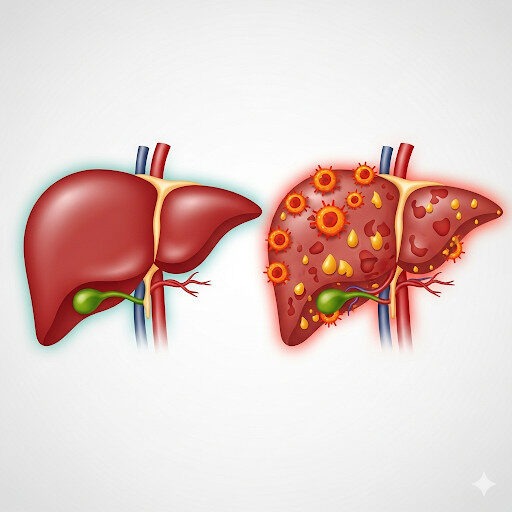Weight Gain in Women at Midlife: The Influence of Menopause
Many women experience weight gain, food cravings, and expanding waistlines around the time of perimenopause. It has long been known that removing ovaries from female animals causes significant increases in body weight and fat, especially visceral fat. This is clearly due to estrogen deficiency, which causes increased food intake and reduced physical activity.
In one study the average weight a woman gains during perimenopause was 4.5 pounds, and 20% gained 9 pounds or more. This suggests that either there is a reduction in energy expenditure (EE) with menopause, or an increase in energy intake. Interestingly, in one 4 year follow-up study, sleeping EE was reduced by 7% (100 kcal per day) in women who became menopausal. Further, spontaneous physical activity was reduced 30 to 40% during menopause. This has been explained by estrogen deficiency.
There is little evidence that women are increasing food intake during menopause. This has certainly been our experience from decades of working with perimenopausal and menopausal women. Often, the lifestyle is unchanged, but the weight is up 10 or 20 pounds, or sometimes more, usually in the abdominal region.
Hormone replacement therapy may reduce risk for weight gain; however, the relative risks and benefits or hormone therapy should be discussed with a well-qualified Ob/Gyn first. Further, those HRT treatments containing testosterone may increase visceral fat, and may have adverse metabolic and cardiovascular effects.
If a woman is becoming menopausal and does not decrease their food intake and/or increase their energy expenditure, weight gain will be likely. Weight loss in post-menopausal women should involve both a decrease in calories, and increases in physical activity including weight bearing exercise. This combined with adequate calcium and vitamin D intake should be important components to reduce risk for bone loss.
-Dr. Lazarus, adapted from Obesity Management, April 2009, 52-55




